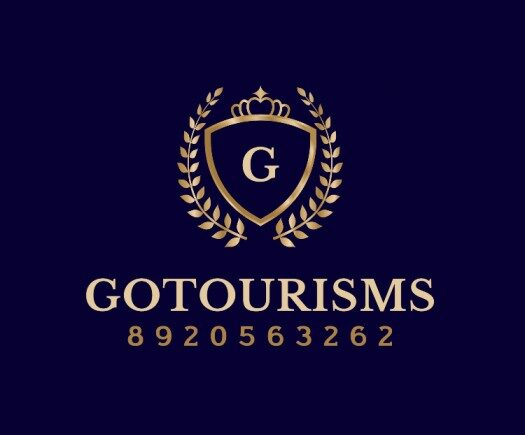Sightseeing is a popular leisure activity that involves visiting and exploring notable attractions, landmarks, and points of interest in a specific location. It often includes cultural, historical, natural, or architectural sites. Sightseeing allows individuals to appreciate the beauty, history, and uniqueness of a destination. Here are key aspects of sightseeing:
- Attractions and Landmarks:
- Sightseeing involves visiting famous attractions, landmarks, and iconic places that hold cultural, historical, or architectural significance. Examples include monuments, museums, religious sites, and natural wonders.
- Cultural Exploration:
- Sightseeing provides an opportunity to immerse oneself in the local culture, traditions, and customs of a destination. This may include attending cultural events, festivals, or exploring local markets.
- Historical Sites:
- Historical landmarks, ruins, and heritage sites are often part of sightseeing tours. These places offer insights into the past, showcasing the history and evolution of a region.
- Natural Beauty:
- Sightseeing often includes exploring scenic landscapes, parks, gardens, and natural wonders. This can involve hiking, walking trails, or simply enjoying the beauty of nature.
- Architectural Marvels:
- Visitors often admire and explore architectural masterpieces, such as castles, palaces, temples, cathedrals, and modern architectural wonders.
- Guided Tours:
- Many sightseeing activities are conducted through guided tours led by knowledgeable guides. These guides provide information about the significance of each site, historical facts, and interesting anecdotes.
- City Tours:
- City tours encompass exploring key areas of a city, including its downtown, neighborhoods, and important landmarks. This can be done on foot, by bus, or through other modes of transportation.
- Museums and Galleries:
- Sightseeing often involves visiting museums, art galleries, and cultural institutions to appreciate exhibits, artifacts, and artistic creations.
- Photography Opportunities:
- Sightseeing provides ample opportunities for photography. Visitors capture memories of their experiences and the beauty of the places they explore.
- Culinary Exploration:
- Exploring local cuisine is often a part of sightseeing. This includes trying traditional dishes, visiting local eateries, and experiencing the culinary culture of the destination.
- Tourist Information Centers:
- Tourist information centers provide maps, brochures, and helpful information about sightseeing attractions, ensuring visitors can plan their exploration efficiently.
- Heritage Walks:
- Heritage walks involve strolling through historical neighborhoods or districts to appreciate the architecture, cultural nuances, and stories of the past.
- Sightseeing Cruises:
- In coastal or riverside destinations, sightseeing cruises offer a unique perspective, allowing visitors to appreciate the cityscape or natural beauty from the water.
Sightseeing is a versatile activity enjoyed by travelers of all ages and interests. Whether exploring ancient ruins, wandering through art galleries, or marveling at natural wonders, sightseeing offers a diverse range of experiences that enhance one’s understanding and appreciation of different cultures and environments.

